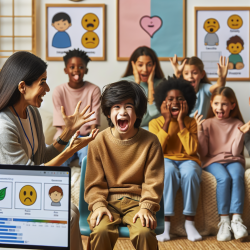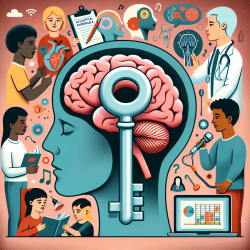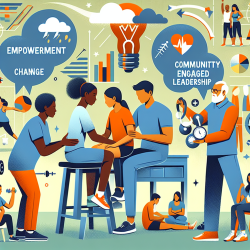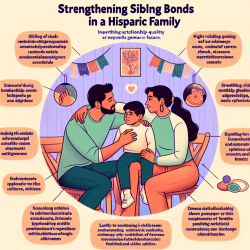Improving Outcomes for ASD Youth: Implementing Emotion Dysregulation Group Treatment
As practitioners committed to enhancing the lives of children with Autism Spectrum Disorder (ASD), it is essential to stay informed about the latest research and its practical applications. A recent study titled Regulating Together: Emotion Dysregulation Group Treatment for ASD Youth and Their Caregivers offers valuable insights that can significantly improve therapeutic outcomes for ASD youth experiencing emotion dysregulation (ED).
Understanding Emotion Dysregulation in ASD
Emotion dysregulation, characterized by difficulty in modulating emotional experiences, expressions, and intensities, is a common challenge among individuals with ASD. This condition often leads to increased reactivity, irritability, mood swings, and difficulty calming down once upset. The study emphasizes the importance of addressing ED to mitigate these symptoms and improve overall well-being.
The Regulating Together Program
The Regulating Together (RT) program is an intensive outpatient, caregiver-assisted group intervention designed to address ED in ASD youth. The program includes:
- Evidence-based techniques such as cognitive behavioral therapy (CBT), parent management training, and mindfulness- and acceptance-based therapies.
- Separate groups for children (ages 8-12) and teens (ages 13-18) to ensure developmentally appropriate delivery.
- Concurrent caregiver groups to provide education on crisis management, reward systems, and coaching strategies.
The program meets twice weekly for 90-minute sessions over five weeks, with a strong emphasis on in vivo practice of skills in a group setting.
Key Findings and Implementation Strategies
The study's within-subjects trial demonstrated significant improvements in several areas post-treatment and at follow-up assessments:
- Reactivity: Statistically significant reductions in emotional reactivity were observed immediately post-treatment and continued to improve at 5- and 10-weeks post-treatment.
- Emotion Regulation Knowledge: Youth participants showed increased knowledge of emotion regulation skills, which was maintained over time.
- Flexibility: Both child and teen groups demonstrated improved flexibility, particularly in social settings and during transitions.
- Hospitalization Rates: A notable reduction in psychiatric hospitalizations was observed in the 12 months following treatment.
Practical Applications for Practitioners
Practitioners can implement the following strategies based on the study's findings:
- Adopt a Comprehensive Approach: Utilize a combination of CBT, mindfulness, and parent management training to address ED in ASD youth.
- Include Caregivers: Engage caregivers in the treatment process through concurrent educational sessions, enhancing the generalization and maintenance of skills.
- Tailor Interventions: Differentiate treatment approaches for children and teens to ensure developmentally appropriate interventions.
- Monitor and Support Long-Term: Provide follow-up support and booster sessions to sustain and further improve treatment outcomes.
Encouraging Further Research
While the RT program shows promising results, further research is needed to validate these findings through randomized controlled trials. Practitioners are encouraged to contribute to this body of research by implementing similar programs and sharing their outcomes.
To read the original research paper, please follow this link: Regulating Together: Emotion Dysregulation Group Treatment for ASD Youth and Their Caregivers.










